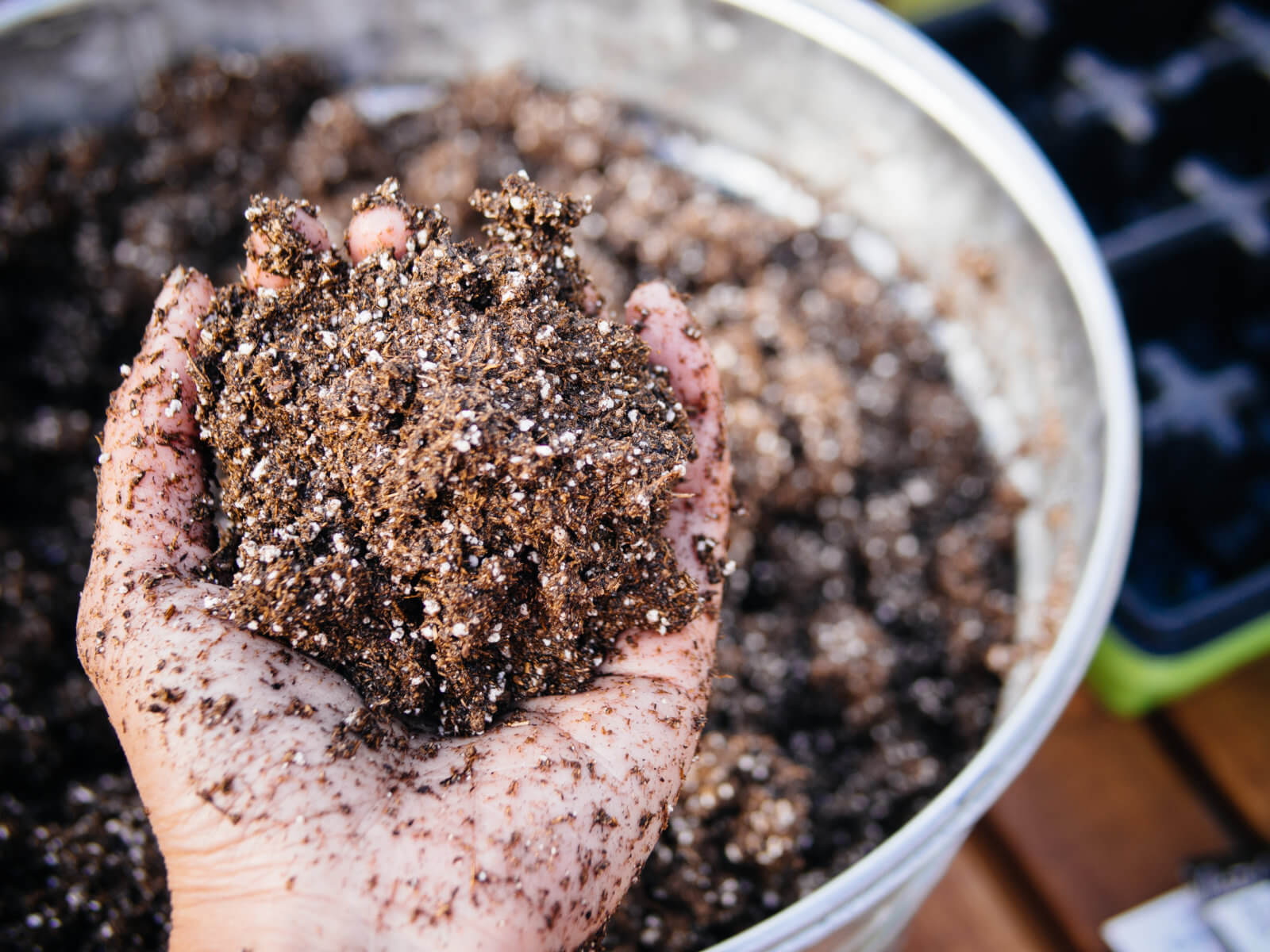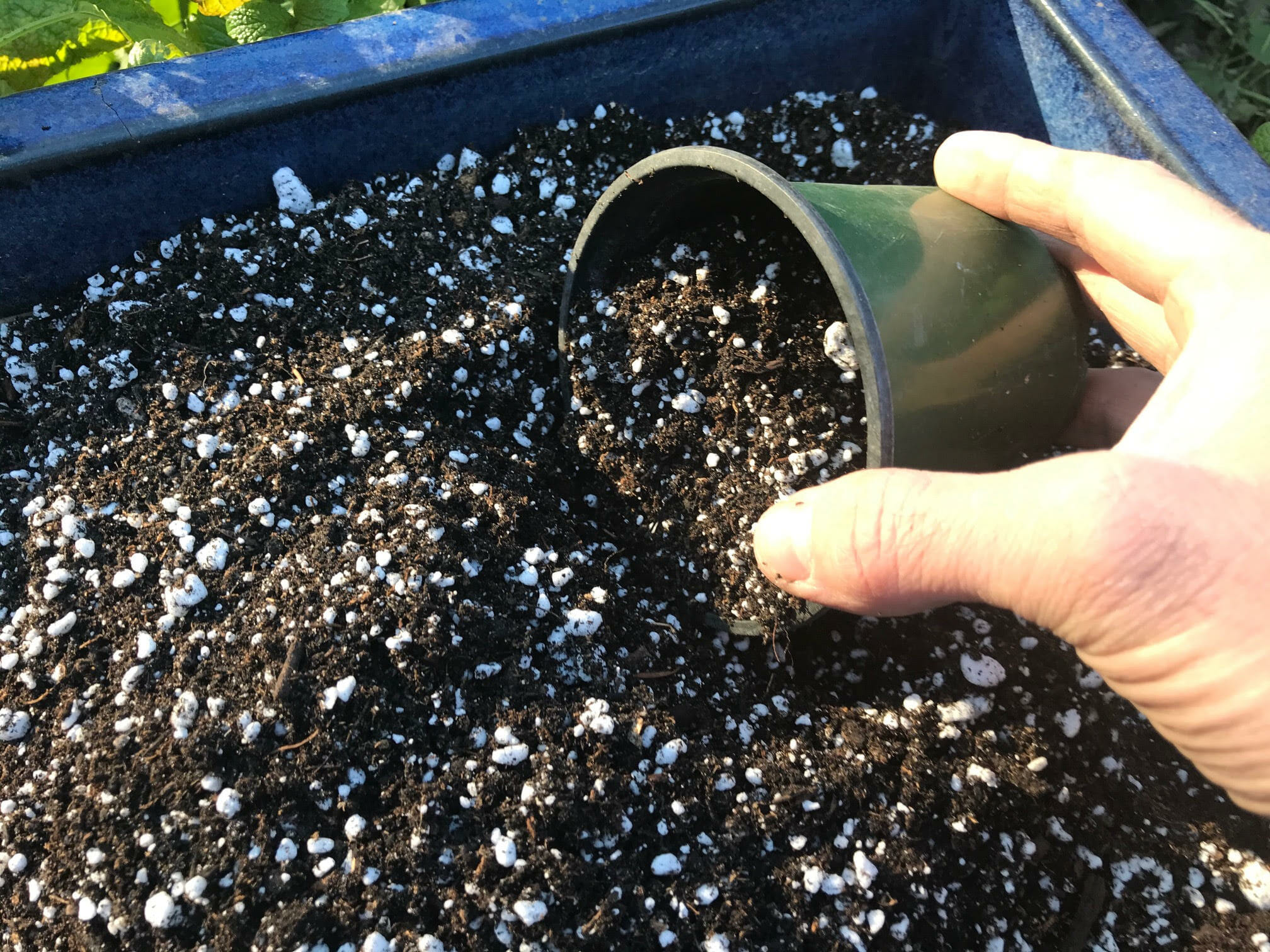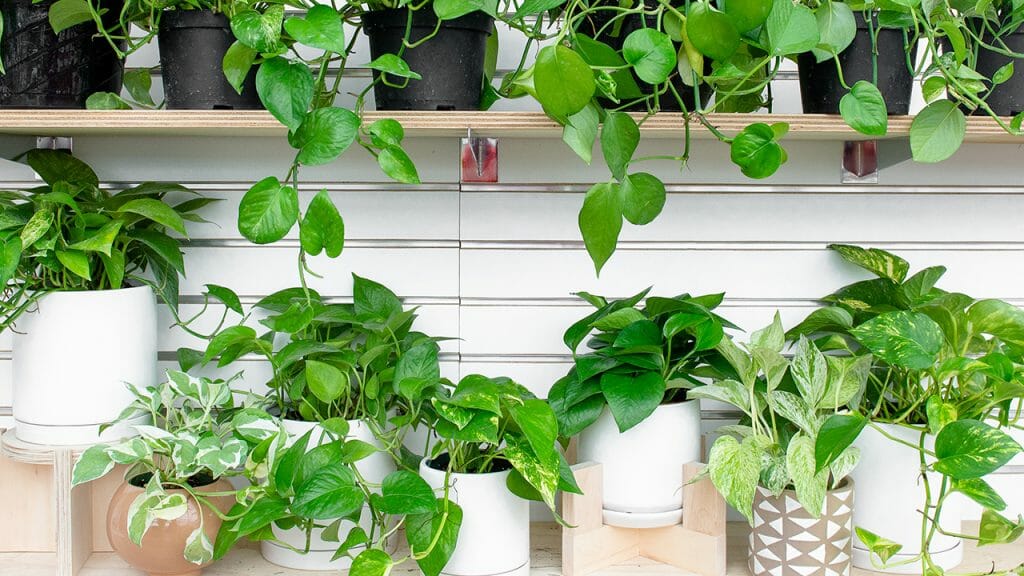How much perlite you should add to potting soil depends on the type of plant. Many store-bought potting mixes may contain even parts of perlite, peat moss and loam but you should change up the soil contents for seedlings, hydroponics and soilless plant pots.
Perlite is a great organic addition to potting soil. It helps with drainage, nutrient retention and aeration.
As with anything related to taking care of a living thing, there is some finesse to it. How do you know how much perlite is enough for your potting soil?
Here is a quick guide to give you a better idea of how to use perlite in potting soil.
Should You Add Perlite to Your Soil?
Of course, you don’t have to add perlite to your potting soil but there are many benefits to it. Plus, with so many premixed potting soils already containing perlite there is general consensus that it is good for your plants.
Benefits of adding perlite to your soil include:
- Improved soil aeration
- Making dense soil lighter and less compact
- Increasing water drainage
- Better nutrient retention
- Reusable because it doesn’t decompose
- pH neutral
- Suitable for organic gardening
Given these advantages, there are many reasons why you might want to add perlite to your potting soil. In most basic potting soil mixes, the function of perlite is to prevent the soil from becoming too dense which would restrict how much oxygen the roots are able to absorb.
For the same reason, perlite is a common addition to seed starting mixes. Perlite keeps its odd shape inside the soil which creates more space and air pocktes, ideal for vulnerable young roots to grow.
Perlite is also the common medium for plants that don’t require soil such as orchids and succulents. Since it does not absorb any nutrients itself it won’t limit the nutrient uptake of the plant.
Recently, perlite has also become trendy for hydroponics. The advantage being that perlite does not absorb any nutrients and so it does not inhibit the nutrient absorption of the plants.
DON’T MISS: Can you use potting soil in the ground? We go over that very topic, here.
When Not to Use Perlite
Although the use of perlite is quite common, there are occasions where perlite won’t do your plants any favors. Keep its properties in mind before deciding to add perlite to your potting mix.
Disadvantages of perlite:
- Perlite dust can be irritating to those with sensitivities
- It is a non-renewable resource
- Not suitable for moisture-loving plants
- Tends to rise up in lighter soil
Be very careful with adding perlite to potting soil for plants that like high humidity and soil moisture. If there is too much perlite in the mix the water will drain out too quickly for the plant to absorb its necessary fix.
One of the issues with perlite is that it might slowly come up to the tops of the soil, leaving the bottom layers denser. If as a result of this the bottom remains consistently overly moist, there is a chance of root rot. Pay attention to your water schedule to prevent this.
Also, coarse perlite is generally not suitable for indoor plant pot mixes. Its large size is really only necessary for outdoor raised plant beds.
How to Use Perlite in Potting Mix
Before running filling up your cart with bags of perlite, it is useful to know that there are different grades of perlite. Each has its own suitability for different potting mixes.
- Fine Perlite – Grade 1 – 2: approximately 1/8 inch to 3/8 inch size and best for seedlings or cuttings.
- Medium Perlite – Grade 3: approximately 1/2 inch size and the standard type for regular potting mixes
- Coarse Perlite – Grade 4: approximately 1 inch size and mainly for dense soil in outdoor gardening
Below are example of potting mix combinations containing perlite. Take this as a general guideline and adjust accordingly to the specific needs of the plant.
Each potting mix recipe is written out in parts so that you can adjust the exact volume to the size of the container.
Standard Perlite Potting Mix
This is the more common composition that you find in commercial potting mixes.
- 1 part perlite
- 1 part loam
- 1 part peat moss or coco coir
Seed Starting Mix
This mix keeps the soil light and leaves space for roots to grow.
- 1 part perlite
- 1 part coco coir
- 1 part vermiculite
Enriched Seed Starting/Repotting Mix
The addition of compost makes this mix more nutrient dense. It is also a good choice for plants that you will be repotting.
- 1 part perlite
- 1 part vermiculite
- 4 parts coco coir
- 2 parts organic compost
Potting Mix for Orchids and Succulents
This is a great homemade potting mix for plants that do not need soil as their growing medium.
- 1 part perlite
- 1 part fine charcoal
- 4 parts fir bark (for orchids)
Or
- 4 parts horticultural sand (for succulents)
Potting Mix for Cuttings
You can propagate cuttings in a glass or even in ziploc bag with this 2-ingredient mix.
- 1 part perlite
- 1 part coco coir
DON’T MISS: What’s the difference between perlite and vermiculite?
Frequently Asked Questions
Can you put too much perlite in potting soil?
Too much perlite in potting soil will cause water to drain out too quickly. A possible sign of too much perlite is when the plant starts the shrivel or yellow and the soil remains dry even though you water regularly.
Does potting soil have perlite?
Perlite is an increasingly common ingredient in commercial potting soil. Read the ingredients label to check for perlite.
Can you grow plants in just perlite?
With the exception of hydroponics, it is not recommended to grow plants in just perlite – perlite works best in combination with other potting soil ingredients. A plant pot with only perlite would likely prevent the plant from getting enough water.
Summary
Adding perlite to your potting soil can have many advantages, whether it is store-bought or homemade. It improves water drainage, aeration and helps with nutrient retention, too.
How much perlite you add to your potting soil should depend on the type of plant that you are growing. Regular potting mix generally contains equal parts of perlite, loam and coco coir or peat moss.
Plants that don’t have soil as their growing medium, like cacti, orchids and succulents, often benefit from lesser proportions of perlite. On the other hand, seedlings and cuttings do well in compositions with more perlite because it allows for better root growth.
Take the above potting mix recipes as a general guideline for your own homemade indoor potting mix using perlite.




